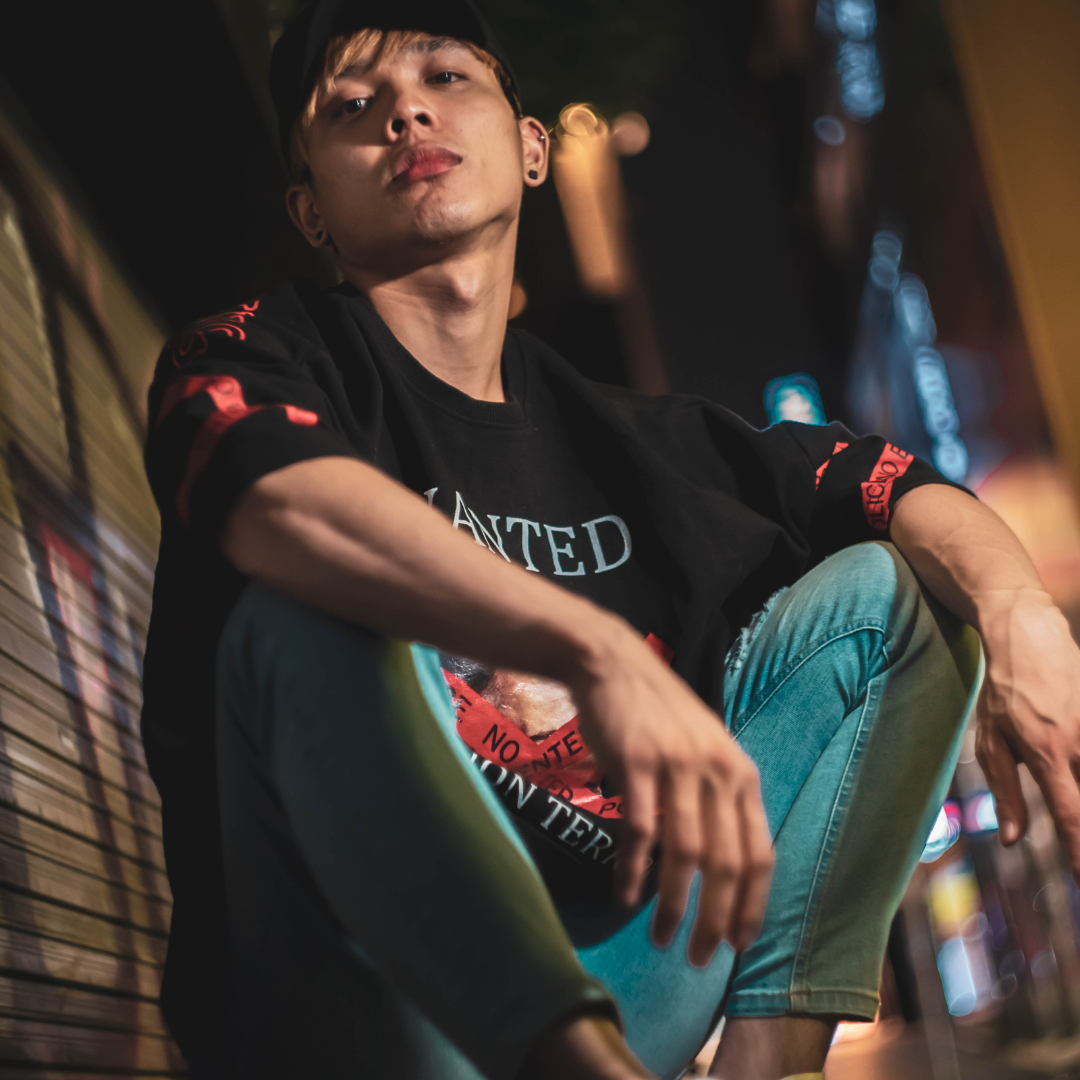
Streetwear culture is based on wearing clothing designed for sports and activities. It is different from street fashion because the clothes are practical. Street fashion is more about expressing yourself in public. Streetwear clothing originated in the hip-hop culture of the 1980s.
Streetwear has always been around—but it’s never been as popular and visible as today. And like most things, street culture has evolved. What was once a niche subculture of young people in New York’s subways and Los Angeles’ beaches is now a multi-billion-dollar industry. And many of the biggest names in fashion cite the street culture as inspiration. It can be easy to notice this trend; streetwear brands have become hot commodities with incredibly high price tags. How does street culture get started? How did it grow? And what are the trends forecast for the future?
Streetwear History
The punk movement began in the 1970s but didn’t take off until the early 1980s. The campaign was characterized by moving away from the mainstream and emphasizing conformity. It highlighted individualism and self-reliant behavior to give people a feeling of empowerment. Punk fashion emphasized practicality and functionality, while style and function were considered “oppressive” by punks. This movement led to the development of many different subcultures, including skate punk, riot grrrl, punk rock, and emo.
Since the 90s, when hip-hop began to take hold of America as a legitimate, mainstream genre, streetwear culture has been evolving. There’s a crossover between hip-hop and streetwear, but the two are separate entities. Both began as an underground culture, free from the dictates of corporations and the media.
Streetwear Culture In Nowadays
Streetwear culture serves as a counter-culture to popular and extravagant pop culture. Some consider this subculture as an oppositional culture to mainstream fashion. It is a style that originated and is most commonly associated with hip-hop culture, but it also has roots in other subcultures such as punk and skate.
Streetwear is a type of casual dress or fashion worn by teenagers, young adults, and adults. Although the style started as a subculture within the hip-hop culture, it has since grown to become a global movement with fashions adopted by people in other music and youth subcultures. Such a style has gained popularity over the past few decades, with designers, athletes, and musicians all over the world creating and selling streetwear.
In streetwear culture, people dress and behave in a certain way on streets or places where such cultures are usually present. People in subcultures dress and behave in different ways. Over the past few decades, streetwear culture has become a popular subculture. Though street culture started in the early 20th century, it wasn’t until the ’90s that it developed into what it is today. The culture and industry surrounding it have grown in concurrence with the internet, and it now exists in various places. Streetwear culture typically involves wearing the latest streetwear trends and designs, including items such as athleisure clothing, hoodies, sneakers, and designer jeans.
Streetwear Culture Is Popular
Streetwear became popular in the United States in the 1980s with the birth of skate and surf culture. It wasn’t until the 1990s that fashion magazines started featuring it. Today, streetwear culture has branched out and is popular with people of all ages and backgrounds. The hoodies and t-shirts that started this trend are now from some of the biggest brands, but streetwear clothing is still affordable (compared to designer clothes) and just as stylish.
Streetwear culture has always been popular, but its popularity seems to be growing lately. This is evident in the increased number of streetwear fashion influencers, brands, and retailers. Streetwear is unique to each city or country, and most people associate it with hip-hop culture, but that’s only part of the picture.
Evolution Of Streetwear
In the early 1960s, streetwear items were created. As time passed, streetwear items changed and evolved. Eventually, they reached their peak of popularity, and become a worldwide phenomenon. Focuses on what exactly streetwear culture represents. It has at its core the streetwear element of style, but with it comes the streetwear element of clothing.